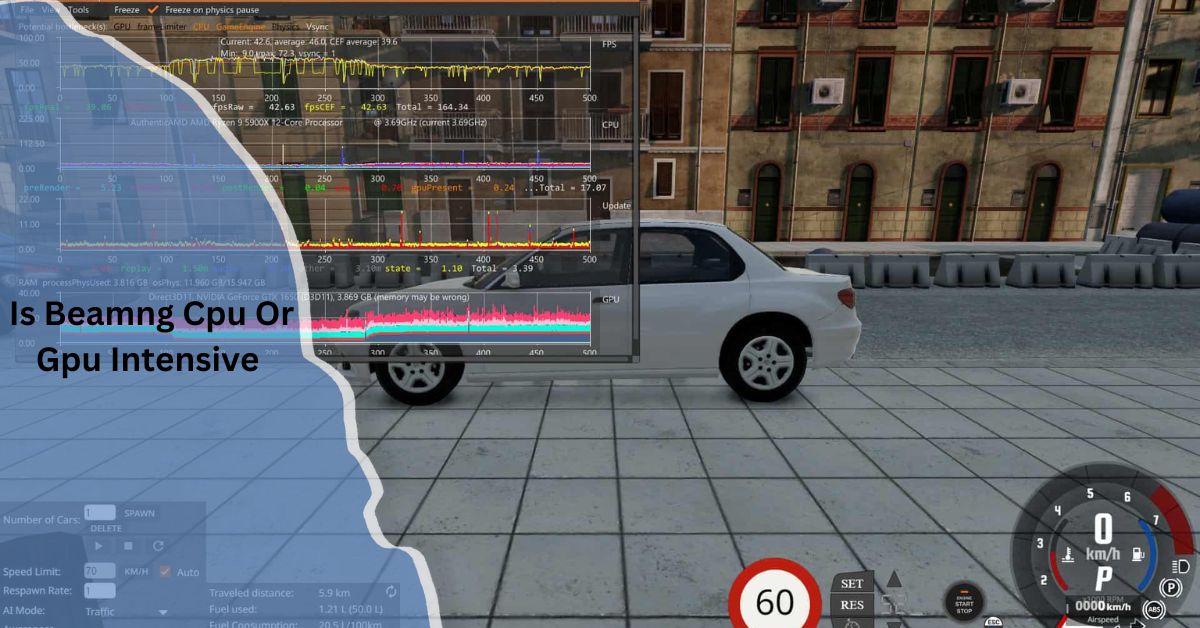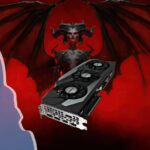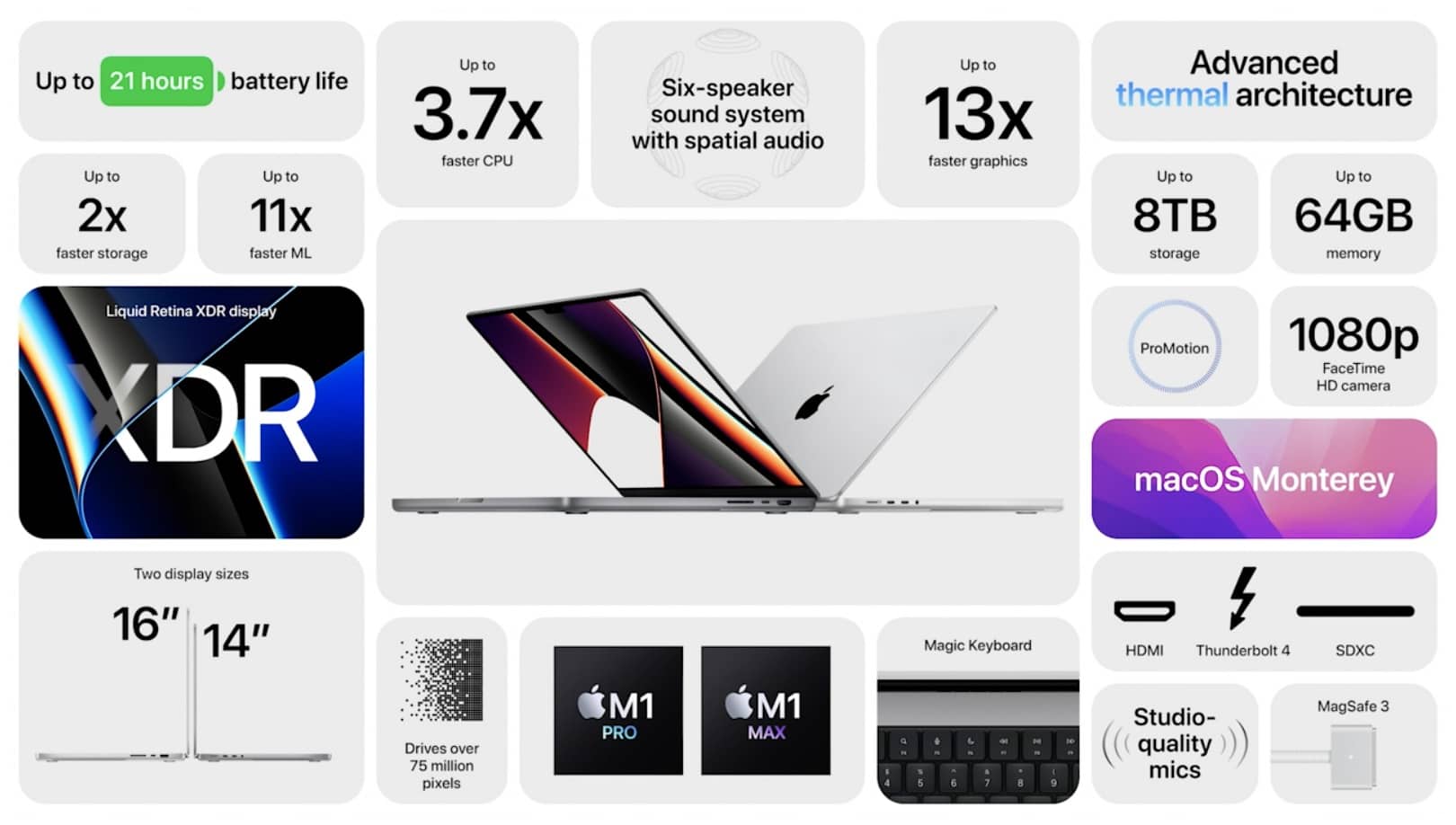BeamNG is more CPU-intensive than GPU-intensive. This means it relies heavily on the processor (CPU) for its complex physics calculations and vehicle simulations. However, a decent graphics card (GPU) is still needed to handle the visuals, especially at higher settings.
BeamNG.drive, known for its detailed vehicle physics and realistic simulations, is a game that demands significant processing power. In this ultimate guide for 2024, we’ll explore whether BeamNG.drive is more CPU or GPU intensive, and provide insights on how to optimize your system for the best performance.
What is BeamNG.drive?

BeamNG.drive is a vehicle simulation game that prides itself on soft-body physics, offering players a hyper-realistic driving experience. The game features a wide range of vehicles and environments, allowing for extensive customization and experimentation. The realistic damage modeling, dynamic weather, and complex environments make it a unique experience for driving enthusiasts and simulation fans.
What Does CPU Intensive Mean?
A CPU-intensive game relies heavily on the Central Processing Unit (CPU) to perform complex calculations, such as physics simulations, AI processing, and managing game logic. For BeamNG.drive, the detailed physics engine that calculates the deformation of vehicles and interaction with the environment places a significant load on the CPU.
Understanding the Basics:
1. CPU (Central Processing Unit)
The CPU is the brain of your computer, responsible for executing instructions, running the operating system, and processing game logic. In BeamNG.drive, the CPU handles the intricate calculations required for the physics engine, which simulates the behavior of vehicles, collisions, and environmental interactions.
2. GPU (Graphics Processing Unit)
The GPU is responsible for rendering images, animations, and video. It handles the visual output of the game, including textures, lighting, shadows, and special effects. For a game like BeamNG.drive, a powerful GPU ensures smooth rendering of high-quality visuals and effects during gameplay.
BeamNG.drive and CPU Intensity – Explore It More!
BeamNG.drive is known to be CPU-intensive, mainly due to its advanced physics engine. The game simulates every aspect of vehicle behavior, including deformation, suspension dynamics, and collision responses. These calculations require substantial CPU power, especially when multiple vehicles or complex environments are involved.
Also Read: How to Turn Off FRSS GPU – A Comprehensive Guide!
Factors Contributing to GPU Intensity in BeamNG.drive – Complete Overview!
While BeamNG.drive is CPU-intensive, the GPU also plays a crucial role, especially when it comes to rendering the game’s detailed environments and effects. Here are some factors contributing to GPU intensity:
- High-Quality Textures and Environments: BeamNG.drive features detailed textures and expansive environments that require significant GPU power to render at high resolutions.
- Realistic Lighting and Shadows: The game’s realistic lighting system, including dynamic shadows, adds depth and realism but also increases the demand on the GPU.
- Visual Effects during Crashes and Deformations: The detailed visual effects that occur during crashes, such as debris, sparks, and smoke, are processed by the GPU.
- Post-Processing Effects: BeamNG.drive includes various post-processing effects like motion blur, depth of field, and ambient occlusion, which enhance the visual experience but require a powerful GPU.
- Dynamic Weather and Environmental Changes: The dynamic weather system and environmental changes, such as rain, fog, and day-night cycles, add realism to the game and increase GPU load.
Benchmarking BeamNG.drive:

Benchmarking is essential to understand how your system handles BeamNG.drive. Here’s how you can assess your CPU and GPU performance:
1. Popular Benchmarking Tools
Use tools like MSI Afterburner, FRAPS, or the in-game performance monitors to benchmark BeamNG.drive. These tools help you track frame rates, CPU, and GPU usage.
2. Interpreting Benchmark Results
Benchmark results can show you where your system is struggling. If you notice high CPU usage and low GPU usage, your CPU may be the bottleneck, and vice versa.
Optimizing BeamNG.drive Performance:
1. Tips for CPU Optimization
- Lower Physics Detail: Reducing the physics detail can lessen the load on your CPU.
- Limit Vehicle Count: Fewer vehicles on the screen reduce the CPU’s workload.
- Optimize Background Processes: Close unnecessary background applications to free up CPU resources.
2. Tips for GPU Optimization
- Adjust Graphics Settings: Lowering settings like texture quality, shadows, and post-processing effects can reduce GPU load.
- Resolution Scaling: Running the game at a lower resolution can help if your GPU is struggling.
- Update Drivers: Ensure your GPU drivers are up-to-date to improve performance.
Balancing CPU and GPU for BeamNG.drive:
1. Finding the Right Balance
A balanced system where both CPU and GPU can perform optimally is key to smooth gameplay in BeamNG.drive. Ensure that neither component is significantly weaker than the other to avoid bottlenecks.
2. Importance of a Balanced System
An imbalanced system, where one component is much stronger than the other, can lead to underperformance. For BeamNG.drive, a mid-to-high-end CPU paired with a powerful GPU is recommended.
Common Performance Issues and Solutions:
1. Lag and Stuttering
- Cause: Often caused by a CPU bottleneck or insufficient RAM.
- Solution: Reduce the number of vehicles and background processes or upgrade your CPU and RAM.
2. Low Frame Rates
- Cause: Typically due to GPU limitations.
- Solution: Lower graphical settings or consider upgrading your GPU.
3. Crashes and Freezes
- Cause: Could be due to overheating, driver issues, or hardware limitations.
- Solution: Monitor temperatures, update drivers, and ensure your hardware meets the recommended specs.
What Does GPU Intensive Mean?
A GPU-intensive game relies heavily on the Graphics Processing Unit to render visuals, especially at high resolutions with advanced graphical effects. In BeamNG.drive, while the game is more CPU-bound, the GPU is still crucial for handling the visual fidelity and effects.
How to Optimize for a GPU?
- Update Drivers: Regularly updating your GPU drivers can provide performance improvements.
- Adjust Graphics Settings: Lowering settings like anti-aliasing, shadows, and texture quality can reduce the GPU load.
- Resolution Scaling: Playing at a lower resolution can help if your GPU is struggling with higher settings.
BeamNG CPU Bottleneck:

A CPU bottleneck in BeamNG.drive occurs when the CPU cannot keep up with the game’s demands, leading to low frame rates or stuttering. This is common in complex scenes with multiple vehicles or detailed physics simulations.
Is BeamNG.drive CPU or GPU Intensive?
BeamNG.drive is primarily CPU-intensive due to its complex physics engine. However, the game also requires a powerful GPU to render high-quality visuals, especially at higher settings.
Is BeamNG CPU Intensive?
Yes, BeamNG.drive is CPU-intensive. The detailed physics simulations that make the game unique place a significant load on the CPU, especially in scenarios with multiple vehicles or complex interactions.
BeamNG Low GPU Usage:
If you’re experiencing low GPU usage in BeamNG.drive, it may indicate a CPU bottleneck or that the game settings are not demanding enough for your GPU. Adjusting settings or upgrading your CPU might help balance the load.
GPU and CPU Underperforming:
Underperformance of both GPU and CPU in BeamNG.drive could be due to several factors, including outdated drivers, thermal throttling, or an imbalance between the CPU and GPU. Ensuring proper cooling and driver updates can help.
BeamNG CPU vs GPU:
In BeamNG.drive, the CPU is more critical due to the game’s reliance on physics calculations. However, the GPU still plays a vital role in rendering the game’s visuals, making both components important for a smooth experience.
BeamNG is a CPU Heavy Game They Say:
BeamNG.drive is widely recognized as a CPU-heavy game, requiring significant processing power to handle its advanced physics engine. This makes a powerful CPU essential for the best experience.
GPU or CPU Intensive Game?
BeamNG.drive is a mix of both but leans more towards being CPU-intensive due to its complex physics. However, high graphical settings will still demand a robust GPU.
Is Assetto Corsa CPU or GPU Intensive?
Assetto Corsa is more GPU-intensive, focusing on rendering high-quality visuals and realistic car models. However, it also requires a decent CPU for physics calculations and AI management.
Is BeamNG.drive More CPU Intensive?
Yes, BeamNG.drive is more CPU-intensive than many other games, primarily due to its realistic physics engine that simulates vehicle behavior and environmental interactions in great detail.
Is Gaming More CPU or GPU Heavy?

This depends on the game. Some games are more CPU-intensive, especially those with complex simulations or AI. Others are more GPU-intensive, focusing on high-quality visuals and effects. BeamNG.drive, for example, is more CPU-heavy.
Best CPU for BeamNG:
The best CPUs for BeamNG.drive in 2024 would be high-end models like the Intel Core i9-13900K or the AMD Ryzen 9 7950X, which offer excellent single-threaded performance and enough cores to handle the game’s demanding physics.
BeamNG.drive GPU/CPU Performance Issues:
Performance issues in BeamNG.drive can often be traced back to an imbalance between the CPU and GPU. Ensuring both components are of similar power levels and updating drivers regularly can help mitigate these issues.
Also Read: 0xe04646456 Error Code Pc Gpu Crash – How To Resolve!
CPU vs. GPU: Which Should I Upgrade to Make BeamNG Smoother?
For BeamNG.drive, upgrading your CPU is often the first recommendation, as the game is more CPU-intensive. However, if you are also playing at high graphical settings, a GPU upgrade may also be necessary to balance the system.
FAQ’s:
1. Is BeamNG.drive more CPU or GPU intensive?
BeamNG.drive is more CPU-intensive due to its complex physics engine, which requires significant processing power.
2. What CPU is recommended for BeamNG.drive?
High-end CPUs like the Intel i9-13900K or AMD Ryzen 9 7950X are recommended for optimal performance in BeamNG.drive.
3. What GPU is best for BeamNG.drive?
Mid-to-high-end GPUs such as the NVIDIA RTX 4070 or AMD RX 7900 XT are ideal for handling the game’s graphics.
4. How can I optimize BeamNG.drive’s performance?
Optimize performance by adjusting settings like physics detail, shadows, and resolution to balance CPU and GPU usage.
5. Can a CPU bottleneck affect BeamNG.drive?
Yes, a CPU bottleneck can cause issues like low frame rates and stuttering, impacting overall gameplay experience.
6. Does BeamNG.drive demand both CPU and GPU?
While BeamNG.drive is more CPU-intensive, a capable GPU is still necessary for smooth visuals, especially at higher settings.
7. How to identify a CPU or GPU bottleneck in BeamNG.drive?
Monitor performance; if your CPU is maxed out while the GPU is underutilized, the CPU is the bottleneck.
8. Does BeamNG.drive benefit from multi-core CPUs?
Yes, multi-core CPUs improve performance, especially when handling multiple vehicles and complex in-game environments.
9. Should I upgrade my CPU or GPU first for BeamNG.drive?
If performance is an issue, consider upgrading your CPU first since BeamNG.drive is more reliant on CPU power.
Conclusion:
BeamNG.drive is a highly demanding game that leans heavily on the CPU due to its advanced physics engine, while the GPU plays a crucial role in rendering the game’s visuals. For the best experience in 2024, it’s essential to have a balanced system, with a powerful CPU to handle the complex calculations and a capable GPU to ensure smooth and immersive graphics.
Read More:








